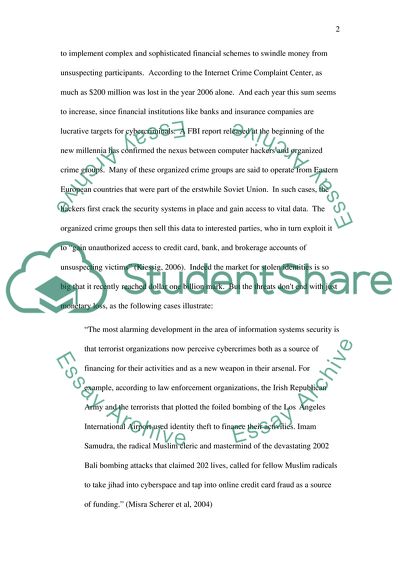Cite this document
(Electronic Financial Transactions over the Internet Term Paper, n.d.)
Electronic Financial Transactions over the Internet Term Paper. Retrieved from https://studentshare.org/finance-accounting/1569204-electronic-financial-transactions-over-the-internet
Electronic Financial Transactions over the Internet Term Paper. Retrieved from https://studentshare.org/finance-accounting/1569204-electronic-financial-transactions-over-the-internet
(Electronic Financial Transactions over the Internet Term Paper)
Electronic Financial Transactions over the Internet Term Paper. https://studentshare.org/finance-accounting/1569204-electronic-financial-transactions-over-the-internet.
Electronic Financial Transactions over the Internet Term Paper. https://studentshare.org/finance-accounting/1569204-electronic-financial-transactions-over-the-internet.
“Electronic Financial Transactions over the Internet Term Paper”. https://studentshare.org/finance-accounting/1569204-electronic-financial-transactions-over-the-internet.


